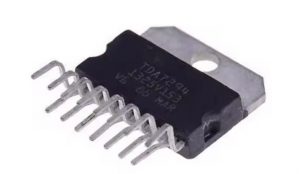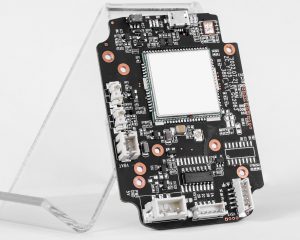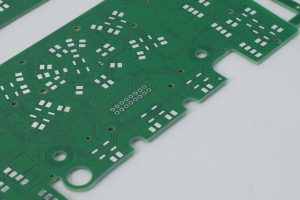In the field of electronic manufacturing, precision is the key. One of the key processes is to ensure that the solder paste applied to the circuit board is in the correct position and in the correct amount. This process is called solder paste inspection (SPI) and plays a key role in the reliability of electronic products.
In the SMT patch process, solder paste inspection is the first and most important step, which determines the subsequent soldering quality and other issues, so the solder paste inspection step is crucial.
How to check solder paste?
1. Visual observation:
Under natural light or good lighting conditions, directly observe the appearance characteristics of the solder paste such as color and state with the naked eye. Normal solder paste has uniform color and no obvious particle agglomeration, precipitation, stratification and other phenomena.
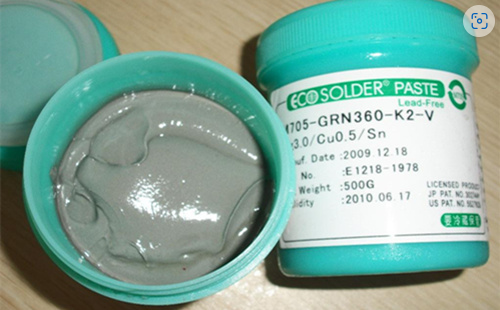
2. Viscosity detection:
Viscosity is an important physical performance indicator of solder paste, which has a great influence on printing performance and welding quality. Professional equipment such as rotary viscometer can be used for detection.
In general, the viscosity of solder paste should be within a certain range and meet the product specification requirements. If the viscosity is too high, it may cause printing difficulties and poor demolding; if the viscosity is too low, the solder paste may flow during printing, affecting printing accuracy.
3. Metal content detection:
Metal content directly affects the welding performance of solder paste and the strength of solder joints. Chemical analysis or spectral analysis is usually used for detection.
4. Particle size detection:
The particle size and distribution of metal particles in solder paste will also affect its performance. Laser particle size analyzer and other equipment can be used for detection.
This method determines the particle size distribution of particles by measuring the scattering or diffraction of metal particles on laser. Generally, the particle size distribution of metal particles is required to be concentrated within a certain range, and the proportion of particles that are too large or too small should not be too high.
What is the most common solder paste?
The most common solder paste is rosin solder paste.
Rosin solder paste is widely used because of its excellent flux and protective effect, as well as the protective film formed after welding, which has a protective effect on solder joints. Even if cleaning is not required, there will be no corrosion.
In addition, rosin is easy to mix with other ingredients, which can play a role in adjusting viscosity, so that the metal powder in the solder paste is not easy to precipitate and stratify. These characteristics make rosin solder paste the most common type of solder paste.
What are the advantages of solder paste inspection?
Solder paste inspection has many advantages, as follows:
1. Ensure product quality:
- Discover problems in advance: By inspecting solder paste before welding, you can find quality problems of the solder paste itself in time, such as uneven composition, inappropriate metal particle size, insufficient flux activity, etc., to ensure the welding quality of electronic products from the source.
- Optimize welding process: By testing the viscosity, thixotropy and other performance indicators of solder paste, you can determine whether the solder paste is suitable for the current printing process and welding equipment.
2. Improve production efficiency:
- Reduce rework of defective products: Testing solder paste can quickly screen out solder paste that does not meet quality requirements and avoid using these solder pastes in production, thereby reducing defective products caused by solder paste quality problems.
- Easy to control the production process: In large-scale production, you can regularly test the solder paste, monitor the quality changes of the solder paste in real time, and detect abnormal conditions in the production process in time.
3. Reduce production costs:
- Avoid material waste: By testing the solder paste, you can avoid using problematic solder paste, reduce material waste and unnecessary production costs.
- Extend equipment life: Good quality solder paste can reduce wear and corrosion on printing equipment and welding equipment, and reduce equipment maintenance costs and replacement frequency.
4. Meet industry standards and customer requirements:
- Meet industry specifications: The electronics industry has strict standards and specifications for welding quality, such as IPC standards. Conducting solder paste inspection can ensure that the quality of solder paste meets the requirements of these standards and specifications and improve the competitiveness of enterprises.
- Meet customer needs: In the production process of electronic products, customers usually have clear requirements for welding quality. Through solder paste inspection, improve customer trust and satisfaction with the company and enhance the market competitiveness of the company.
What are the defects of solder paste inspection?
Although solder paste inspection is a key step, it is not without challenges. Some common defects found during SPI include:
- Insufficient solder paste: If too little solder paste is used, it will result in fragile joints or poor electrical connections.
- Too much solder paste: Too much solder paste can cause bridging between components, causing short circuits.
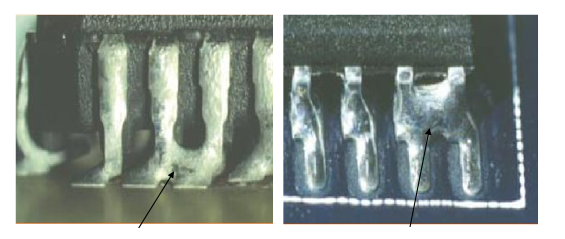
- Misalignment: If the solder paste is not applied accurately, it may not align with the pads on the PCB, causing problems when placing components.
- Collapse: In some cases, solder paste may spread too much after application, resulting in poor joint formation.
- Solder balls: Small, unwanted solder balls may form around the pad, which may cause electrical shorts.
Do you need flux when using solder paste?
Additional flux is usually not required when using solder paste.
Solder paste itself contains flux ingredients. Solder paste is a paste-like substance made by evenly mixing solder alloy powder and flux. The role of flux in solder paste mainly includes removing oxides on the soldering surface, reducing the surface tension of solder, and promoting solder wetting and diffusion.
During the soldering process, the flux in the solder paste will work at the appropriate temperature to help achieve good soldering results. However, in some special cases, such as soldering some special materials or when there are extremely high requirements for soldering quality, additional flux may be considered, but this is a relatively special application scenario.
What is a solder paste inspection machine?
Solder Paste Inspection (SPI) is a device used to detect solder paste printed on a printed circuit board (PCB).
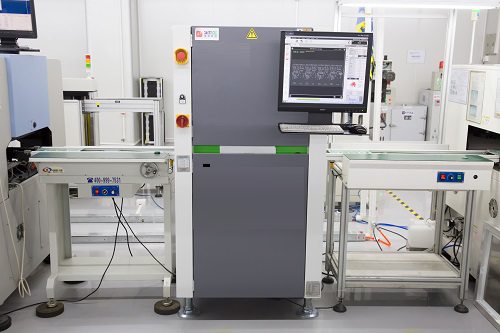
The main functions include:
1. Solder paste height measurement
- Use laser scanning, optical imaging and other technologies to accurately measure the height of solder paste on the PCB pad.
2. Solder paste area measurement
- Determine the coverage area of solder paste on the pad. If the solder paste area is too small, a good solder connection may not be guaranteed; if the area is too large, it may overflow the pad, affecting the subsequent assembly process.
3. Volume measurement
- Calculate the volume of solder paste based on height and area data. Accurate volume measurement helps ensure consistent solder paste volume for each solder joint, thereby improving the stability of soldering quality.
4. Defect detection
- Misprint detection: Detect whether there is solder paste misprint on the PCB pad.
- Offset detection: Detect whether the solder paste printing position is offset from the designed pad position.
- Shape anomaly detection: Identify whether the shape of the solder paste is abnormal, such as irregular shape, unclear edges, etc. Shape anomalies may be due to problems in the printing process, which will affect the welding quality.
Solder paste inspection machines can detect solder paste quality problems in the printed circuit board production process in a timely manner, improve production efficiency and product quality, and reduce rework and scrap caused by poor soldering.
What is the best temperature for solder paste?
The optimal temperature range for solder paste is 150℃~180℃, and the time to maintain this temperature range should be 60~120 seconds to ensure that the solder paste can fully infiltrate the pads and component pins.
This temperature and time range is critical to controlling the quality of reflow soldering, as it involves the effective volatilization of flux and the full infiltration of pads, thereby ensuring the reliability and quality of soldering.
Conclusion:
Solder paste inspection is a key step in modern electronic manufacturing to ensure that solder paste is correctly and evenly applied to PCBs. By using advanced SPI machines, defects can be detected early, process control can be improved, and costs can be reduced. Whether using leaded or lead-free solder paste, ensuring the correct amount, alignment, and temperature is critical to forming strong and reliable solder joints.
BEST Technology has a professional solder paste inspection machine. Each PCB board must undergo rigorous testing. Choosing BEST Technology, you will get the highest quality PCB board.
Tags: PCB, PCBA, SMT, Solder, solder paste inspection



